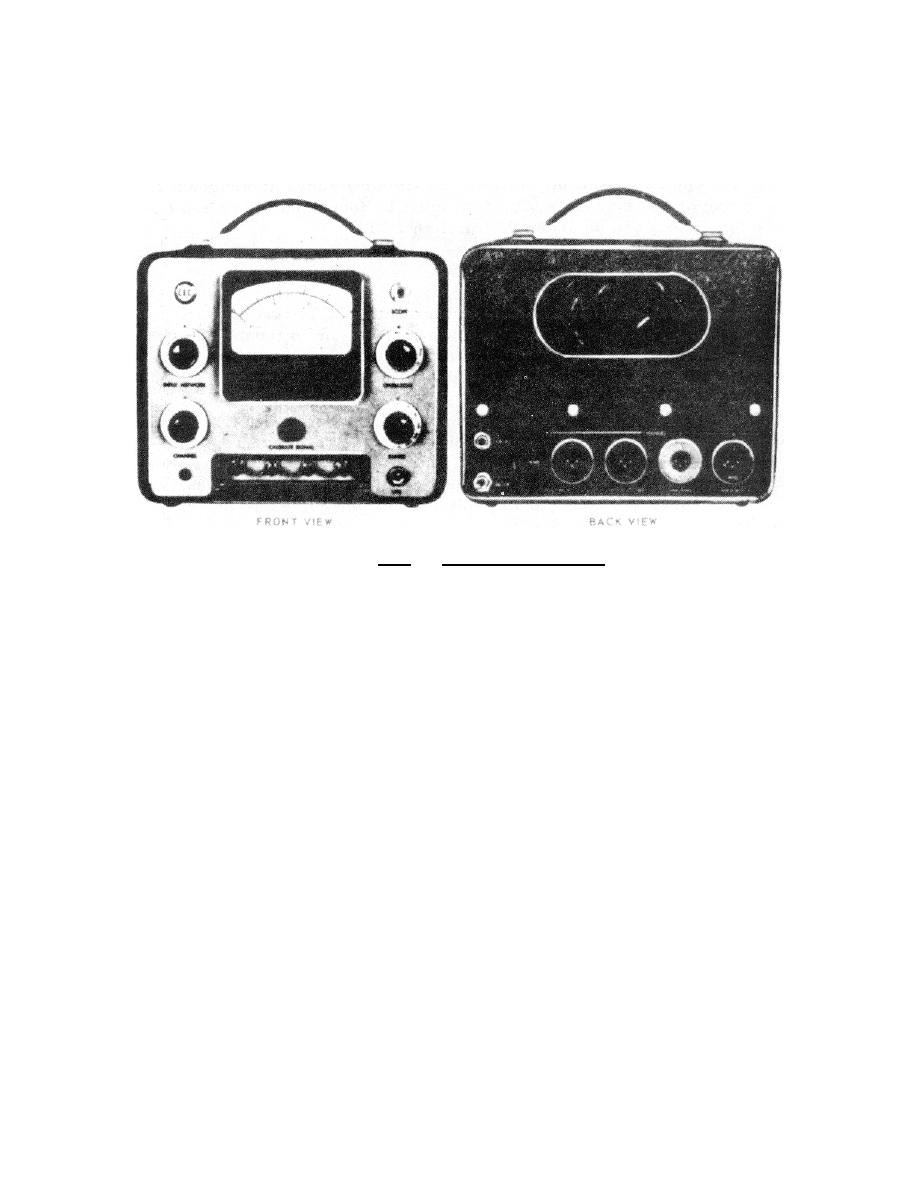
shown in figure 3.3, also has connections for an oscilloscope or an
oscillograph for closer examination. Filters are available to
eliminate low frequency vibrations for a clearer picture of the
higher, more damaging vibration signals being studied.
Figure 3.3. Vibration Meter.
Gas turbine vibration sources fall in two general
classifications: forced vibration, and externally excited vibration.
Forced vibration is due to unbalanced rotating parts. The
uneven weight distribution that causes the imbalance may be due to
manufacturing methods, or improper assembly of components without
regard for the balance in relation to other components. Other engine
imbalances may be the result of a bent shaft, or a distortion caused
by temperature.
Externally excited vibrations are caused by means other than
an imbalance of rotating engine components. They may be caused by
associated accessories, such as loose engine mounts or clamps,
improperly mounted accessories, enginedriven transmissions, or
airframe structure members.
An engine vibration test is preferred after major repair,
removal, or replacement of any rotating part, or when excessive
engine vibrations are suspected. Vibration pickups, attached to
adapters mounted on the engine, transmit electrical impulses through
71



 Previous Page
Previous Page
